Month: February 2017
-
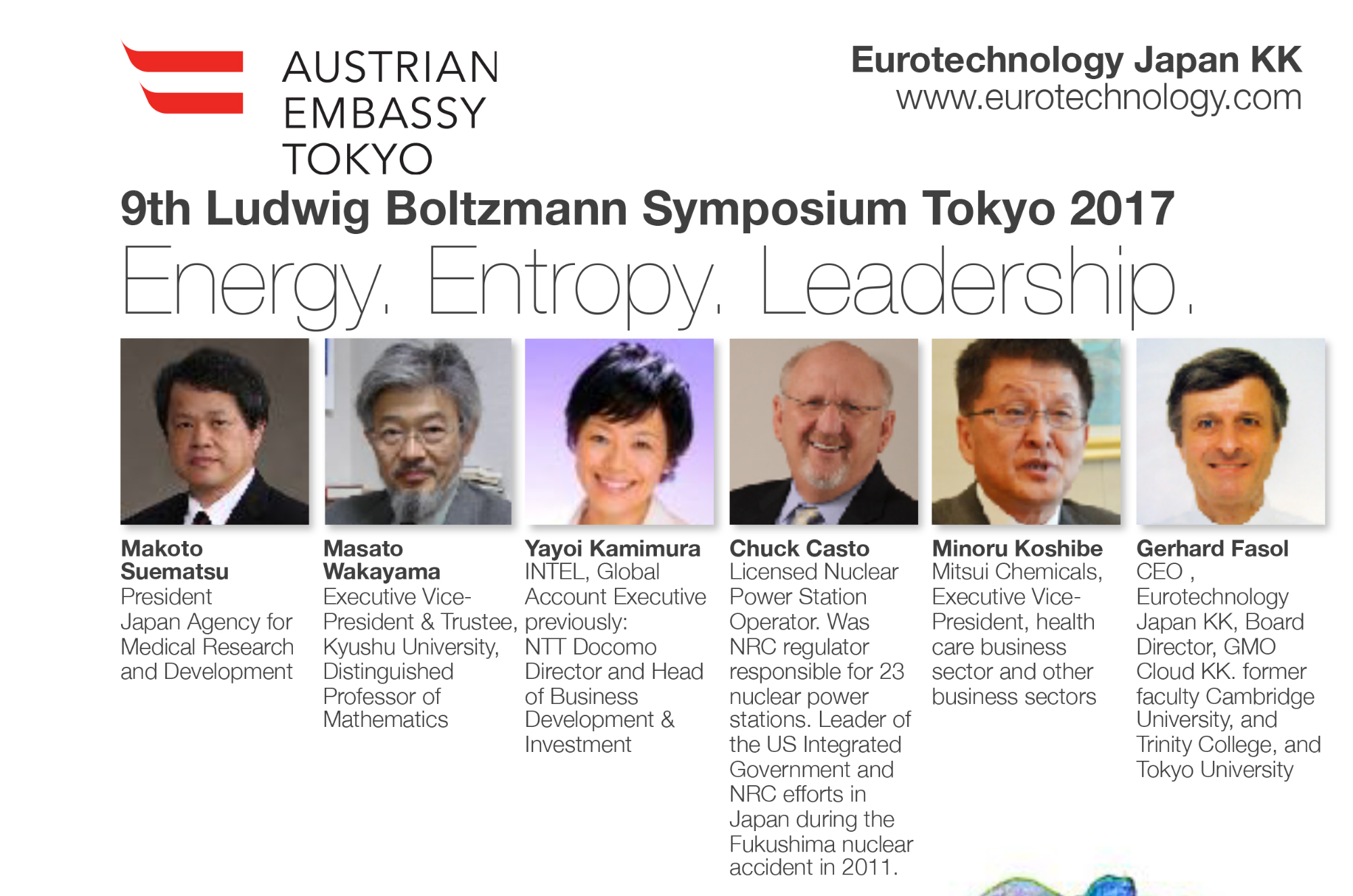
9th Ludwig Boltzmann Forum Tokyo 2017
Energy. Entropy. Leadership. Gerhard Fasol, Chair 9th Ludwig Boltzmann Forum 2017, Thursday 16 February 2017, at the Embassy of Austria in Tokyo Program Welcome by the Ambassador of Austria Gerhard Fasol CEO, Eurotechnology Japan KK, Board Director, GMO Cloud KK. former faculty Cambridge University and past Fellow, Trinity College Cambridge “Entropy, information and Ludwig Boltzmann”…
-
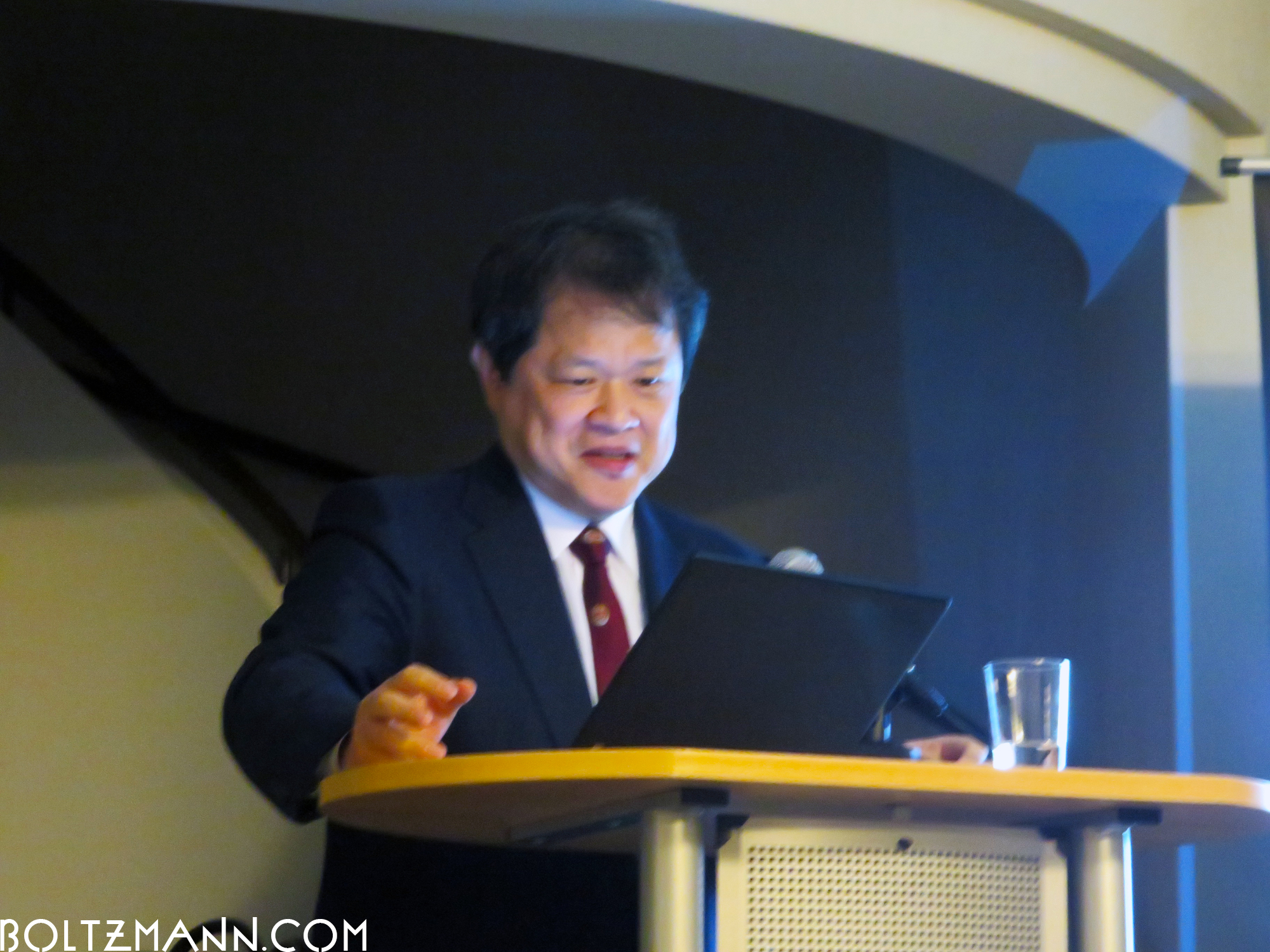
Makoto Suematsu: AMED challenges for global data sharing
AMED challenges for global data sharing Makoto Suematsu keynote talk given at 9th Ludwig Boltzmann Forum, Embassy of Austria in Tokyo, 16 March 2017 by Makoto Suematsu, President, Japan Agency for Medical Research and Development (AMED) Summary written by Gerhard Fasol We share data in space science, why don’t we share data and expensive equipment…
-
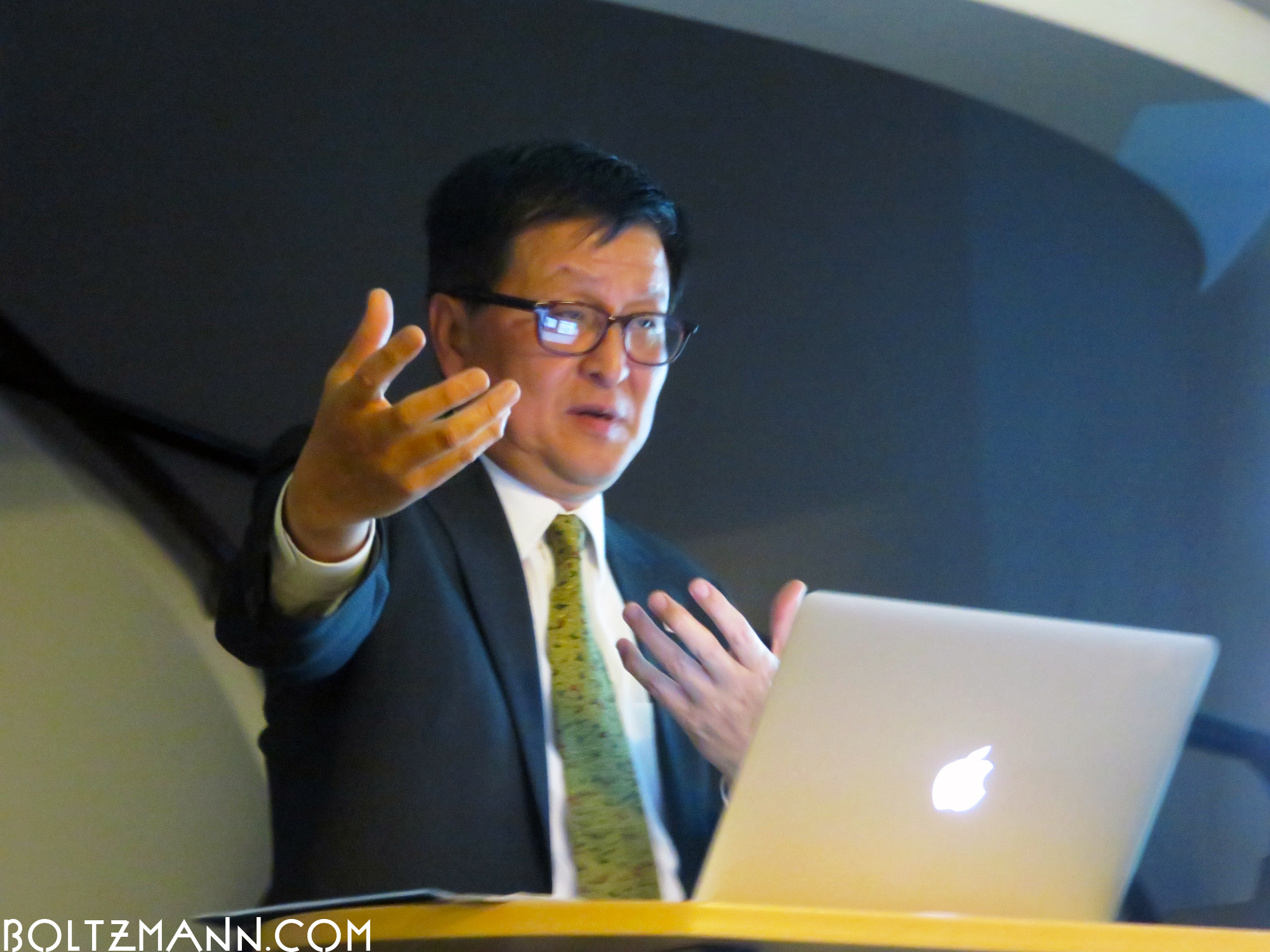
Minoru Koshibe: Growth and innovation at Mitsui Chemicals
Growth and innovation at Mitsui Chemicals Minoru Koshibe keynote talk given at 9th Ludwig Boltzmann Forum, Embassy of Austria in Tokyo, 16 March 2017 Minoru Koshibe, Mitsui Chemicals, Executive Vice-President, health care business sector and other business sectors Summary written by Gerhard Fasol Minoru Koshibe – Profile Minoru Koshibe majored in protein crystallography with a…
-
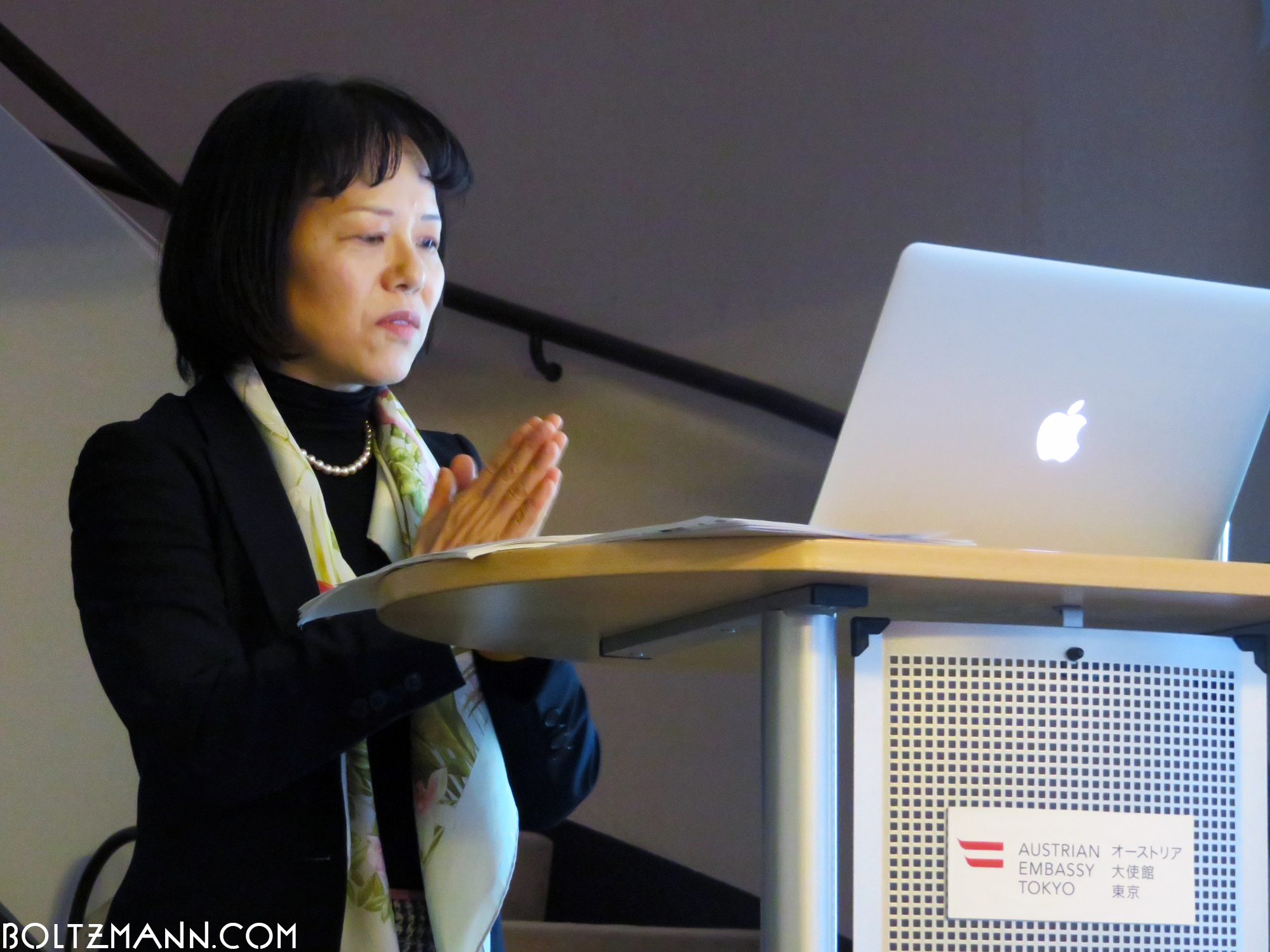
Yayoi Kamimura: Innovation – A style in Japan
Innovation – A style in Japan Yayoi Kamimura keynote talk given at 9th Ludwig Boltzmann Forum, Embassy of Austria in Tokyo, 16 March 2017 by Yayoi Kamimura INTEL, Global Account Executive, previously: NTT Docomo, Director and Head of Business Development & Investment Summary written by Gerhard Fasol Yayoi Kamimura – self introduction 20 years experience…
-
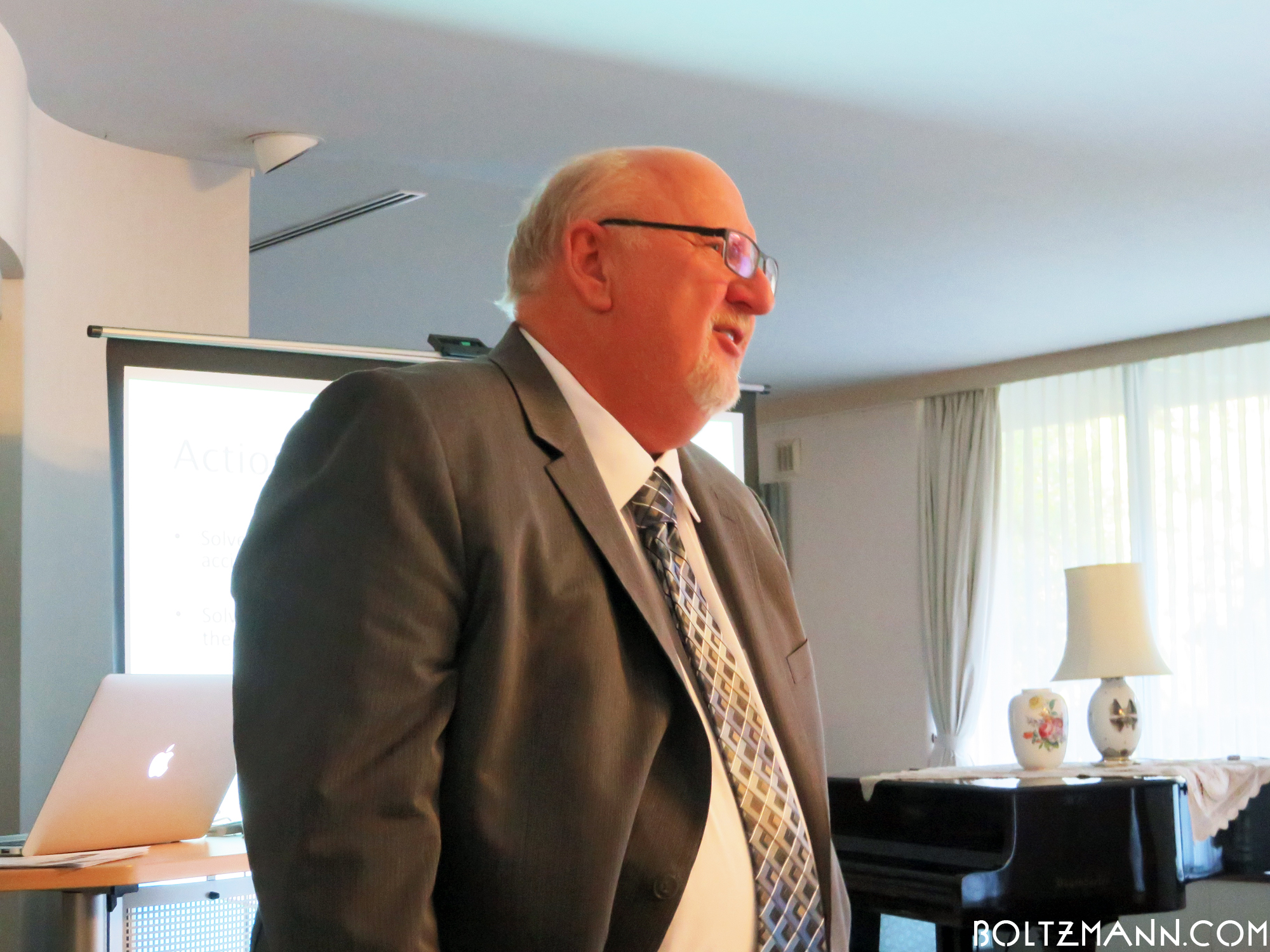
Chuck Casto: Balance of Nuclear Power Policy in Post-Fukushima Japan
Balance of Nuclear Power Policy in Post-Fukushima Japan Chuck Casto keynote talk given at 9th Ludwig Boltzmann Forum, Embassy of Austria in Tokyo, 16 March 2017 by Chuck Casto Licensed Nuclear Power Station Operator. Was NRC regulator responsible for 23 nuclear power stations. Leader of the US Integrated Government and NRC efforts in Japan during…
-
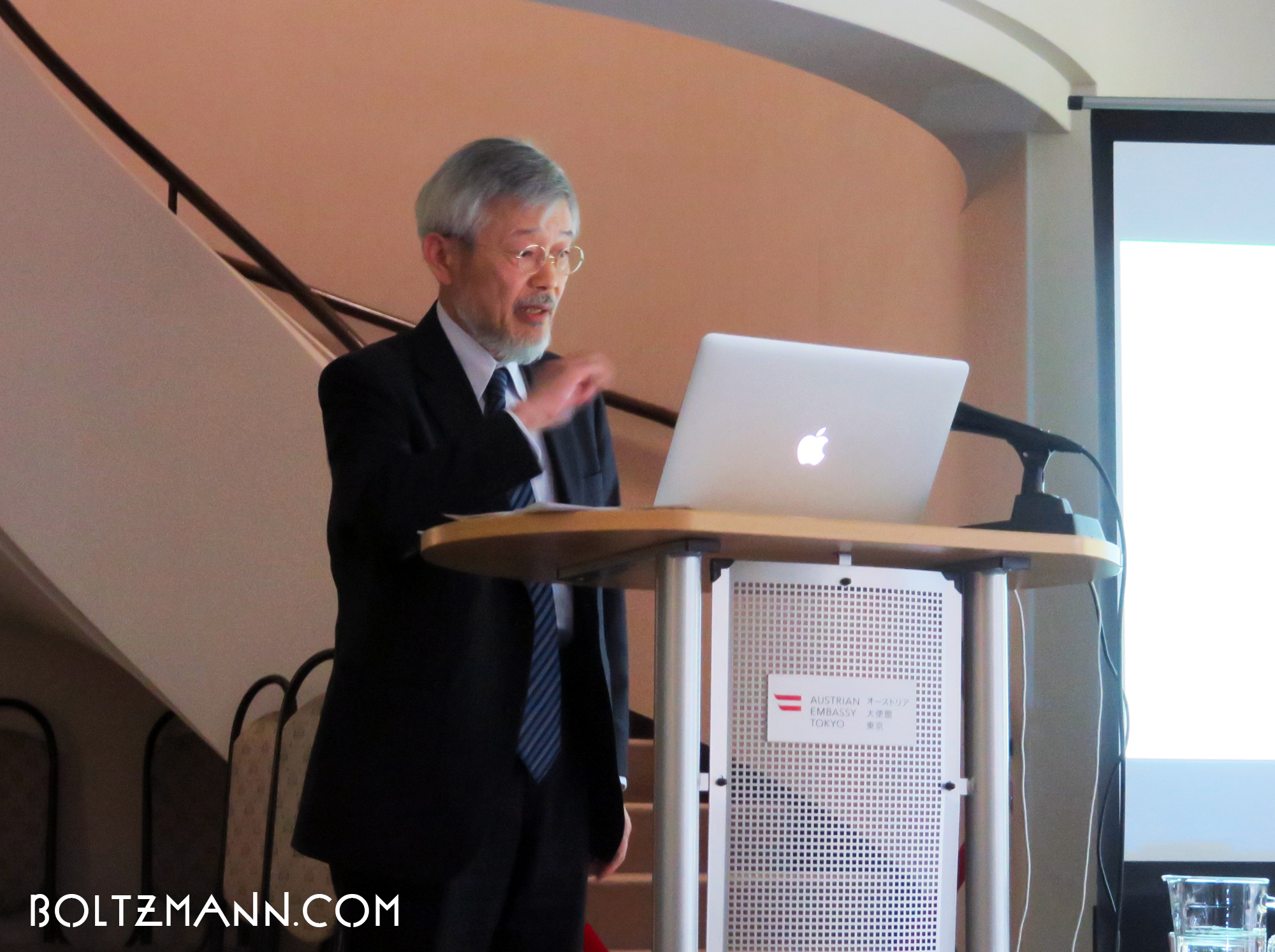
Masato Wakayama: Endeavors for Mathematics for Industry in Japan
Endeavors for Mathematics for Industry in Japan Masato Wakayama keynote talk given at 9th Ludwig Boltzmann Forum, Embassy of Austria in Tokyo, 16 March 2017 by Masato Wakayama Executive Vice-President & Trustee, Kyushu University, Distinguished Professor of Mathematics (Summary of Professor Masato Wakayama’s talk written by Gerhard Fasol) Two important energies: hydrogen energy and prime…
-
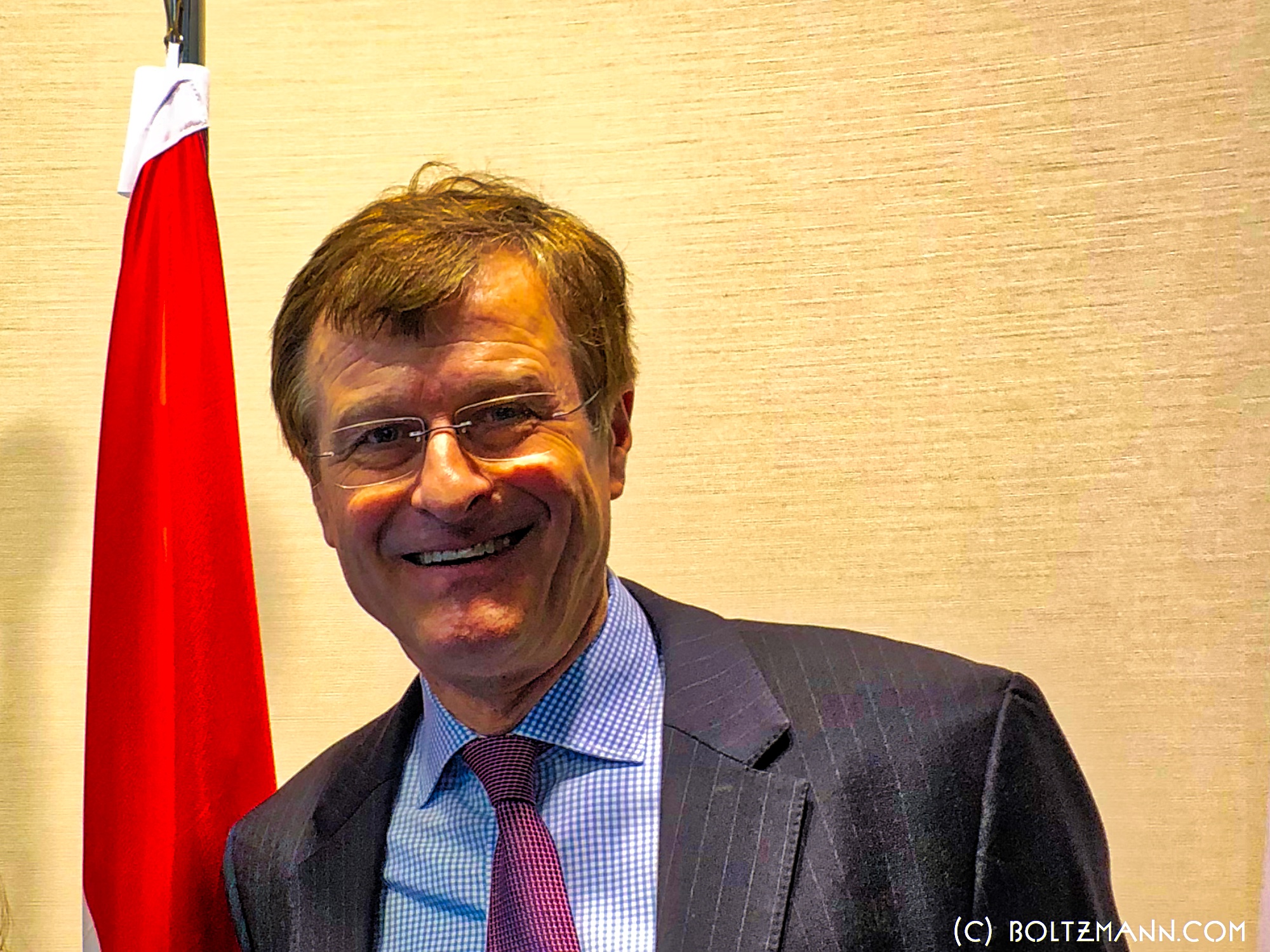
Gerhard Fasol: Entropy, information and Ludwig Boltzmann
Entropy, information and Ludwig Boltzmann Gerhard Fasol keynote talk given at 9th Ludwig Boltzmann Forum, Embassy of Austria in Tokyo, 16 March 2017 by Gerhard Fasol CEO, Eurotechnology Japan KK, Board Director, GMO Cloud KK. former faculty Cambridge University and past Fellow, Trinity College Cambridge We use Ludwig Boltzmann’s results every day. Here are some…